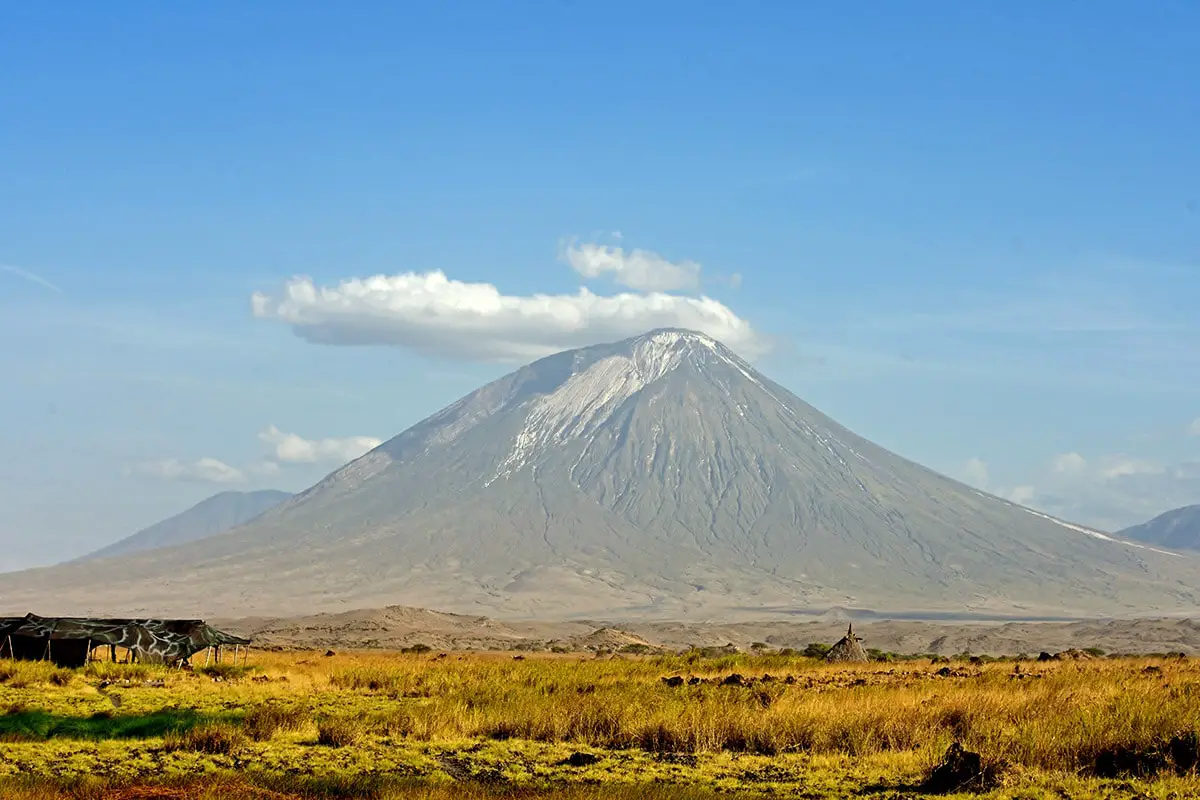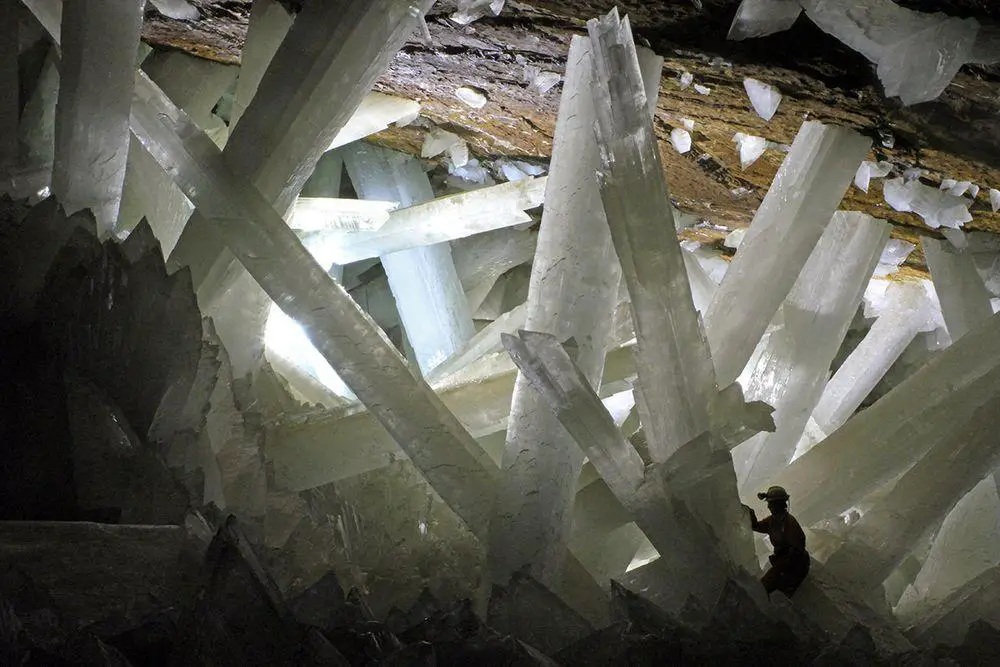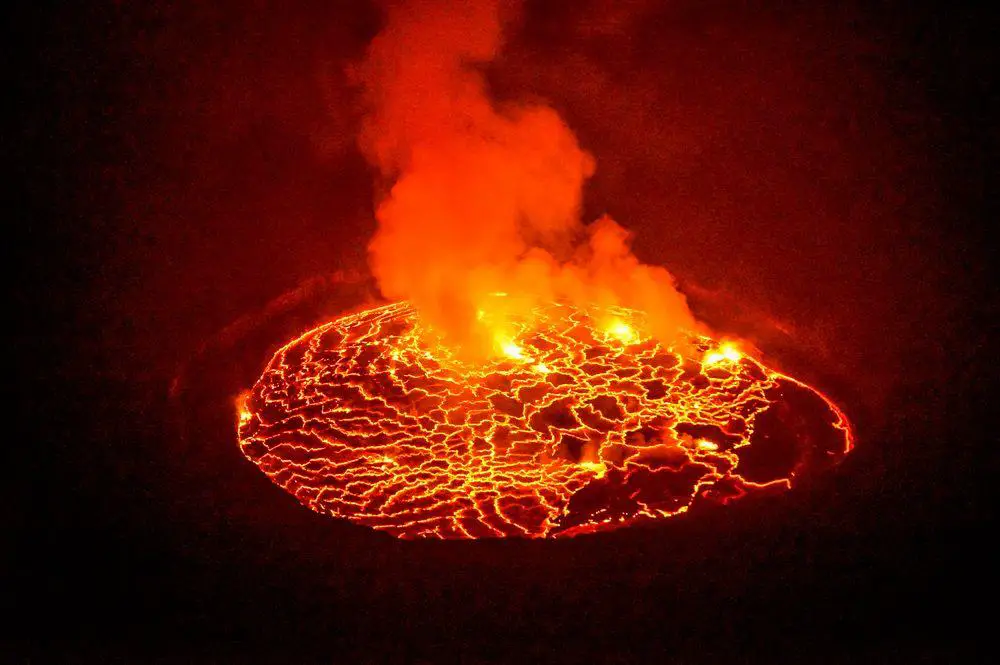Volcanoes 🢔 Geological wonders 🢔 Categories of wonders
Wonder
Ol Doinyo Lengai
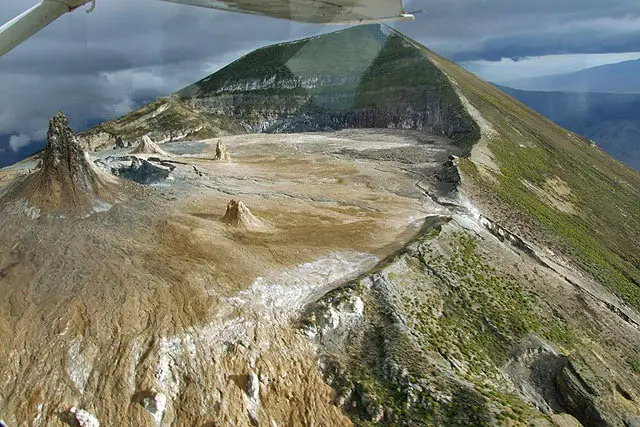
 In short
In short
There is only one volcano in the world that is erupting carbonatite lava: Ol Doinyo Lengai in Tanzania. This is not just another dry fact for nerdy scientists: this volcano is a very unusual place without analogs in the world.
 51.8%
51.8%
GPS coordinates
Alternate names
Name in Maasai
Height
Map of the site
If you see this after your page is loaded completely, leafletJS files are missing.
 In detail
In detail
History
The volcano is some 370 thousand years old and is the youngest volcano in this part of the East African Rift.
Of course, local people noticed this giant volcano which is rising tall above the dry plains south of Lake Natron. Here, in the East African Rift are located many magnificent volcanoes – not too far are the magnificent Mount Meru and Ngorongoro Crater. But this volcano was very special to the Maasai people – it was a sacred place named “Mountain of God” (Ol Doinoy Lengai).
This part of Africa was one of the last places reached by white people – the first European visitors to Ol Doinyo Lengai were German explorers in the late 19th century.
The volcano is very active – every few years here takes place an eruption.
Thus, one of these eruptions in 1960 attracted the attention of Canadian geologist John Barry Dawson who was mapping this part of Tanzania. He and Ray Pickering descended into the crater of the volcano (this was the first known descent in the crater) in October 1960 and immediately noticed that this volcano is very unusual. Soon after, in 1962 he published the results of his research – thus the first and only active carbonatite volcano on Earth was discovered.
Since then Ol Doinyo Lengai has been a “playground” for geologists exploring this unique natural wonder. Dawson himself continued the research until his decease in 2013.
Today the volcano is rather a popular tourist attraction. The fittest visitors are ascending the mountain under the heat of the equatorial sun and trying to get closer to live volcanic activity. This is dangerous – this weird volcano is even less predictable than others and threats are looming in seemingly calm places.
Carbonatite lava
Nearly all volcanoes on Earth are spewing lava which consists of silicate minerals. Only some have been erupting lava which per more than 50% consists of carbonate minerals – carbonatite lava. We know some 20 locations of former carbonatite volcanoes but Ol Doinyo Lengai is the only one that is active now.
“Mountain of God” is erupting not just carbonatite lava – it is producing a very specific, rare kind of it: natrocarbonatite lava. It consists of carbonate minerals – the very rare nyerereite (Na2Ca(CO3)2) and gregoryite (Na2,K2,Ca)CO3.
This material needs a considerably lower temperature for melting – this lava is flowing already at 500 – 600 °C temperature and in the daylight this lava is not even glowing – it is just a flow of a pitch-black stream. In the night lava glows in orange color. Usual lavas have a temperature of some 1100 °C.
Carbonatite lava is also quite fluid in comparison to common silicate lavas – it is the most fluid lava in the world flowing almost like water – often faster than a person can run. The flow of this lava looks like dark oil or brown, muddy foam.
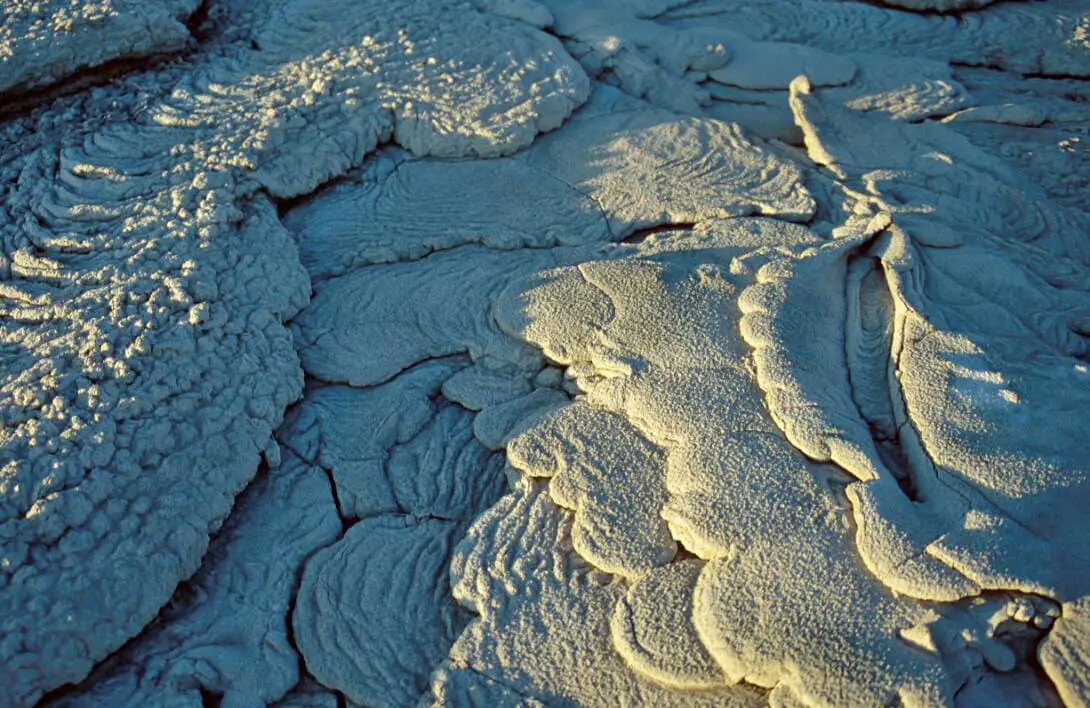
Snow-white powder
As the lava hardens, it is pitch black, with glistering crystals in it. But it is not for long: these carbonatite lavas are quickly weathering. In a few hours’ time, the stone turns white due to the moisture. If the weather is dry, lava turns white in a few days’ time. If the rain is raining – lava becomes white immediately.
This is caused by a chemical reaction similar to a reaction of burnt lime. Due to this both nyerereite and gregoryite are very rare minerals that even in geological collections should be kept in an argon atmosphere.
Over time the white lava turns into a brown powder. After a few months, lava is soft – one sinks in it when walking.
Thus: the landscape of Ol Doinyo Lengai is unique, without analogs in the world.
Volcanic activity
Ol Doinyo Lengai is the only active volcano in Tanzania. It is very active and is erupting lava and ash every few years.
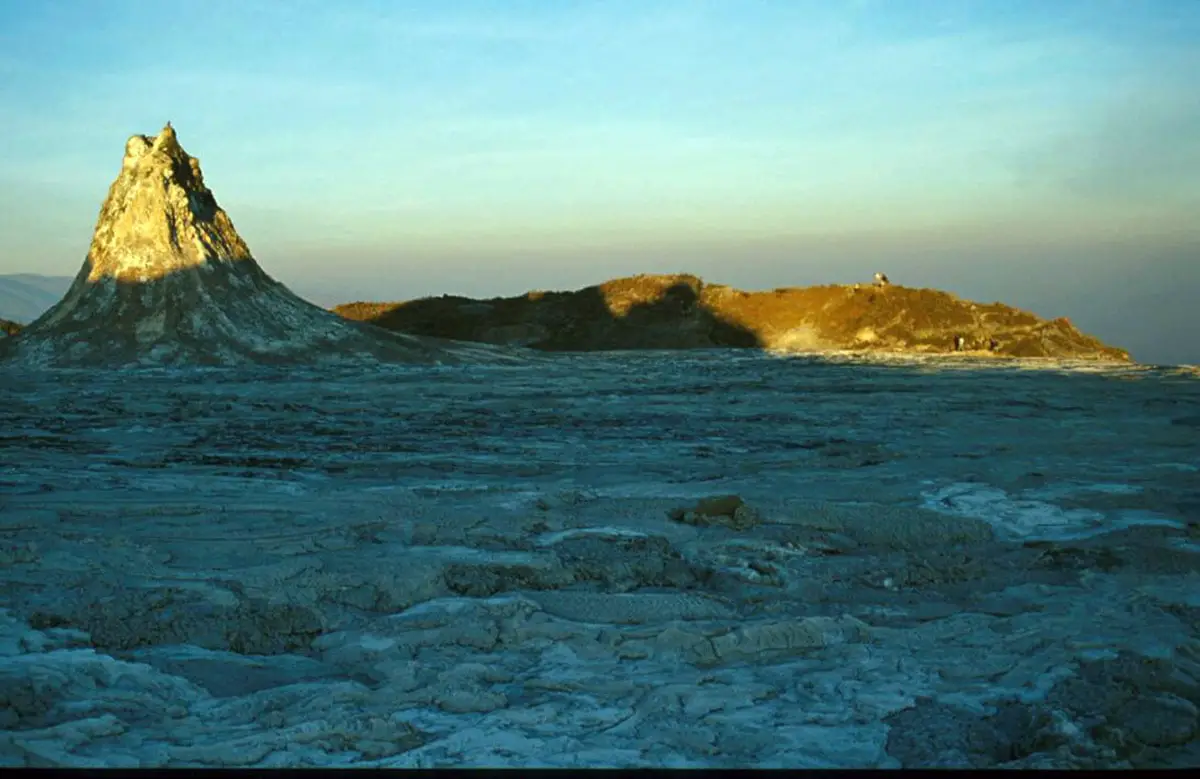
Sometimes, when the content of silicates in lava increases, eruptions of volcano become explosive, sometimes starting with impressive lava fountains – such eruption took place in 2007 – 2008. Before these eruptions there happened many earthquakes – even lions left the area and it was also decided to evacuate also people and their cattle at a safe distance from the volcano.
During the eruptions in the crater often form hornitos – smaller hills and even towers, that emit the carbonatite lava. Lava sometimes forms short-lived lava lakes.
Since 1983 the lava has gradually filled the crater and now it is filled with carbonatites and it seems that this is endangering the stability of crater rims.
As the carbonatite lava spread over the surrounding plains, it changed the soil. These grasslands are rich with succulents and serve as pasture for numerous wildebeest calves.
References
- Frederick Belton, Ol Doinyo Lengai, The Mountain of God . Accessed on June 26, 2017.
Ol Doinyo Lengai is included in the following articles:
 Linked articles
Linked articles
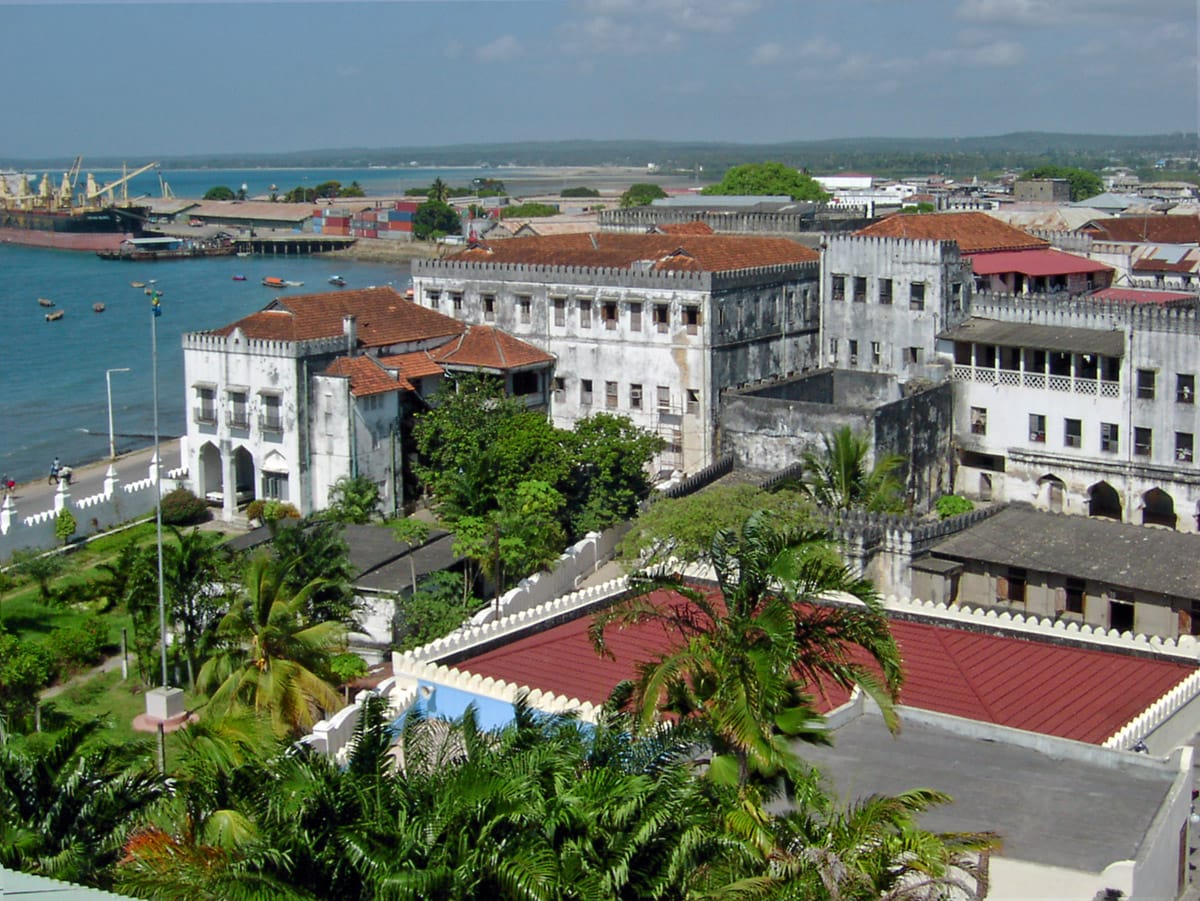
Wonders of Tanzania
This very diverse country has unforgettable scenery and many world-famous landmarks. Highlights of Tanzania are its unique ecosystems, finds of early humans, and historical trading towns in the Indian Ocean.
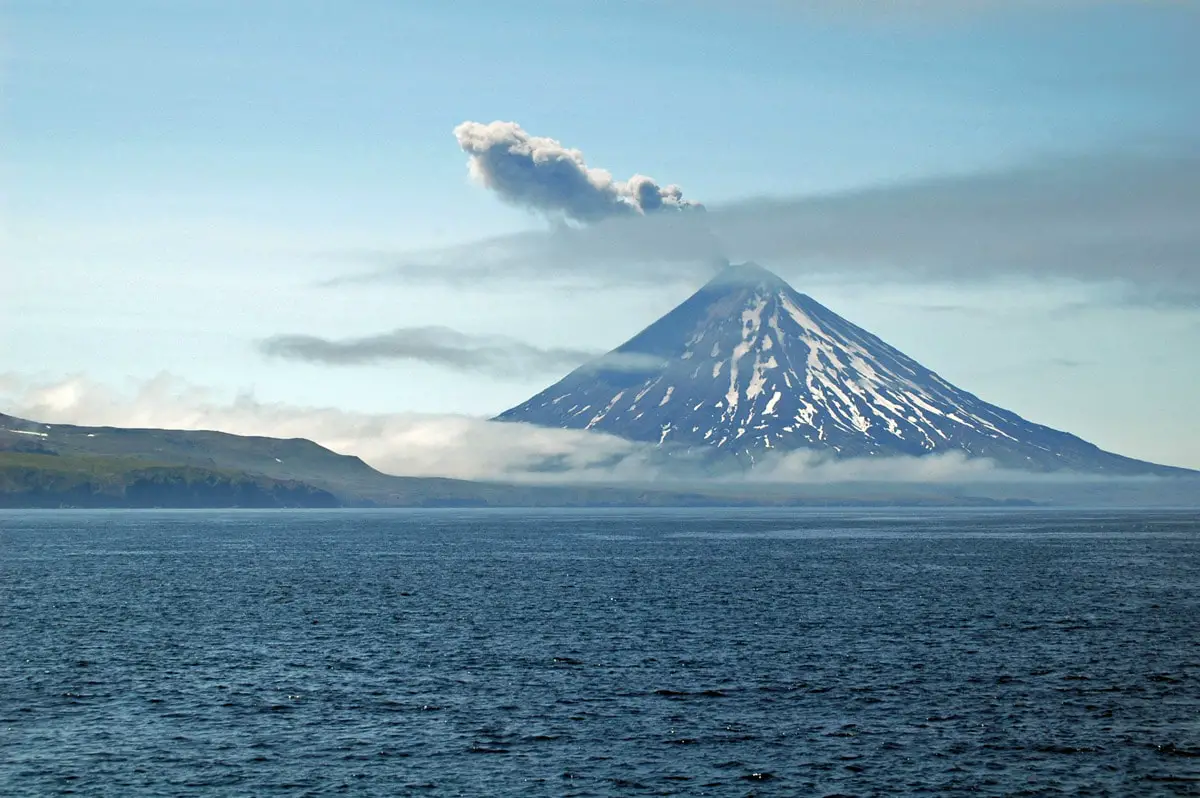
Volcanoes
This category includes the most unusual and interesting volcanoes of the world.
Over the last 10,000 years in some 1,500 places around the Earth mantle of Earth has emitted lava, ash, and gases through the crust of the planet. Each of these places is an active volcano. Some 50 – 70 volcanoes erupt every year and at any moment there are some 20 – 30 eruptions ongoing.

Rare natural materials
There are places in the world, where one can find such materials which are not present anywhere else on Earth – or can be found just in a few places. These wonders are included in the category of rare natural materials.
 Recommended books
Recommended books
Volcanoes of the World
This impressive scientific resource presents up-to-date information on ten thousand years of volcanic activity on Earth. In the decade and a half since the previous edition was published new studies have refined assessments of the ages of many volcanoes, and several thousand new eruptions have been documented.
Geology of National Parks of Central/Southern Kenya and Northern Tanzania
This book describes the interrelationship between the spectacular geology of an area of East Africa that includes a branch of the rift valley, as well as giant freestanding ice-capped mountains and extraordinarily toxic, alkaline lakes, and some of the greatest concentrations of wildlife on Earth. It suggests that geological processes that have shaped the iconic landforms, including active volcanoes, may also be responsible for the unusually diverse speciation which characterizes the region.

